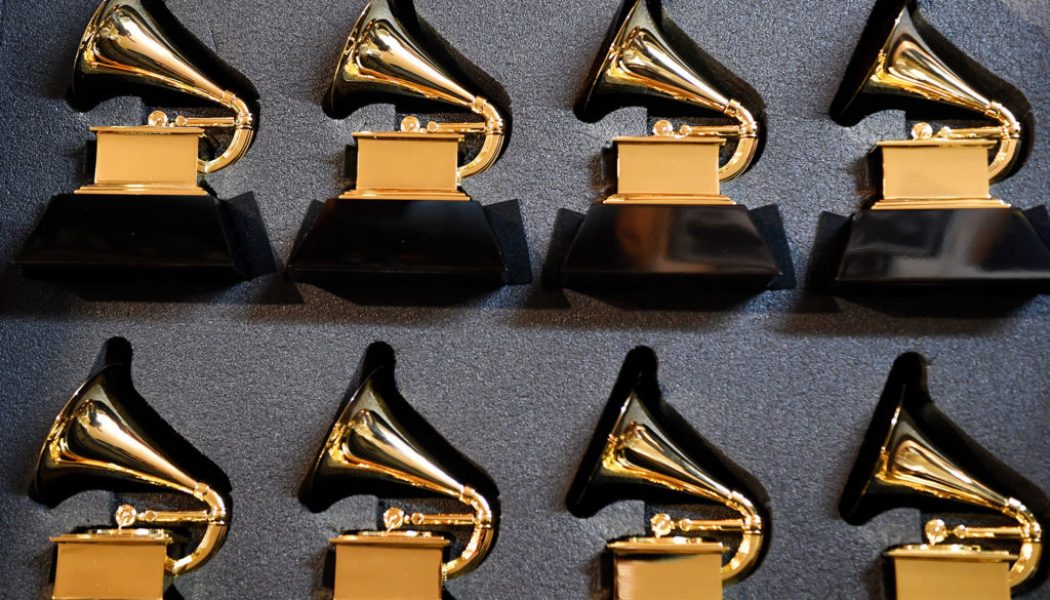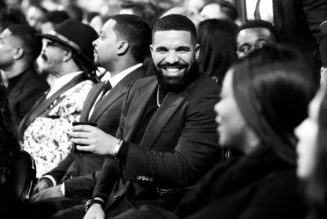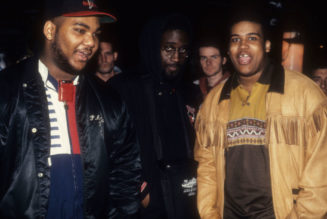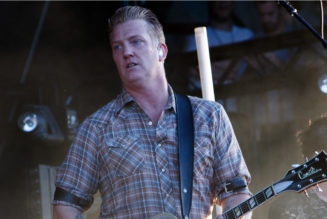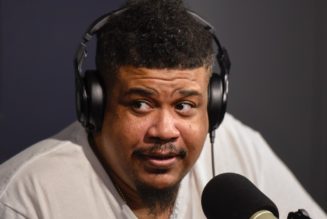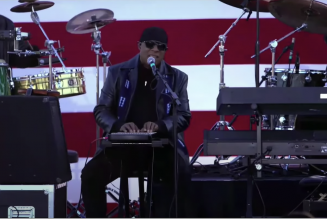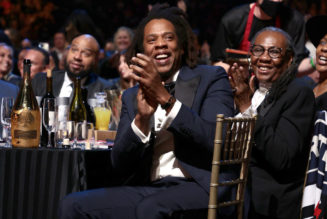
The Academy reports that 40% of those who accepted their invitations are female. Breaking it down by race, 53% are white, 23% are African American, 9% are Hispanic, 3% are Asian American and 5% are “other.” By age, 55% of new acceptances are age 39 or younger.
Before this year’s freshman class joined the academy, women accounted for 26% of the academy’s overall membership. People from “traditionally under-represented communities” (meaning: non-white) accounted for 25%. People who are age 39 or younger accounted for 25%.
Counting the new members, women continue to account for 26% of the academy’s overall membership. People from traditionally-underrepresented communities (non-white) now account for 27%. People who are 39 or younger now account for 28%.
(If you’re puzzled why the percentage of women in the academy remained the same even after an influx of a large number of women this year, bear in mind that some existing members leave the academy’s rolls each year. They may decide not to reapply for membership or they may not have the required recent credits that would establish that they are still active.)
The 74% acceptance rate surpasses last year, when 55% of the 2019 new member class accepted their invitations. Last year, 743 of 1,340 new members invited said yes. (The fee waiver this year may have boosted the number who accepted. The fee waiver was not extended last year, which of course predated the COVID-19 outbreak.)
How is it that the Academy extended so many more invitations this year (2,321) than last (1,340)? Kelley Purcell, the academy’s newly named vice president, membership and industry relations, told Billboard on July 9 that this year, unlike last year, the academy had a full year to work on its member class. Last year, in the first year of its new, peer-review membership model, it had just seven months, from the launch in November 2018 to the announcement of the 2019 invitations on June 6, 2019.
Harvey Mason Jr., the academy’s chair and interim president/CEO, told Billboard in July that the reason for this outreach was simple. “We just want to be representative of the people making music,” he says.
